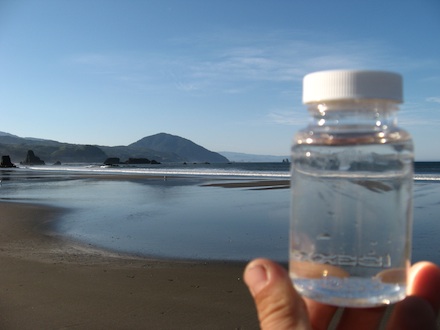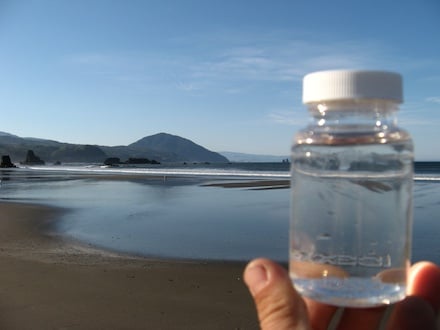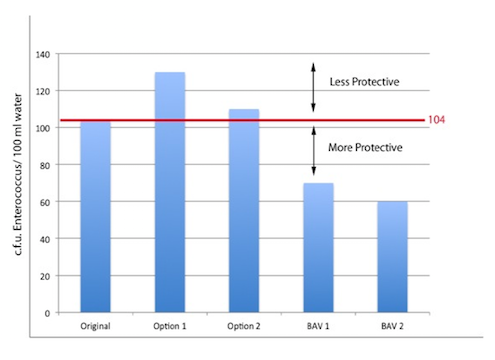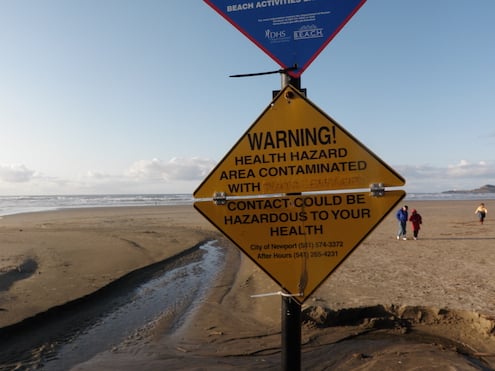
The Oregon Beach Monitoring Program (OBMP) is entering a process to adopt new advisory level values for bacteria in accordance with EPA's new criteria for BEACH Act grants for monitoring recreational beaches. Beach action values (BAVs), or the amount of bacteria present in a sample that would trigger an advisory, will go from 158 MPN to 70 MPN, which could lead to up to 50% more advisories on Oregon's beaches. The process could also result in fewer beaches being monitored as the action will put greater demands on OBMP resources and staff.

Oregon's Beach Monitoring Program is funded in entirety through the federal BEACH Act, which allocates funding and recommendations for monitoring to coastal states to monitor and advise the public on water quality conditions at recreational beaches. The BEACH Act has been an ongoing and constant battle for funding at the federal level since it's signing in 2000, a battle that Surfrider continues to fight. Surfrider believes that the monitoring programs funded by the Act for coastal states is paramount in protecting recreational and ecological values in our nearshore, nobody should get sick from a day at the beach! But the money for monitoring comes with strings, strings like abiding by EPA's standards and recommendations and in 2012, EPA updated their water quality criteria so we've seen this new criteria for BAVs coming for some time.
States are just this year starting to implement the new standards, with Oregon's action to lower the BAVs to 70 taking hold in 2017. Some states have chosen the 110 single sample value, some the 130, and others like Oregon intend to implement a Beach Action Value. Theoretically, all states are supposed to use one of the BAVs but we don’t know how many actually will. Surfrider was not happy with these new standards because they will not be applied consistently across states. We also didn’t support requiring states to implement the BAVs because we were worried and have heard from the states that they will have to cut back on their regular monitoring programs, eliminate beaches or sample less frequently to put staff resources towards all the extra re-sampling that will occur as beaches surpass the BAV much more easily. We are also not convinced that there is a very big health benefit with keeping people out of the water from 60-110 enterococcus levels, in comparison to the lost beach days.
Nonetheless, Oregon is required to take action based on EPA's requirements thus we are encouraging our members and the public interested in this issue to attend one of the public meetings or submit comments to OBMP. The OBMP and the Oregon Department of Environmental Quality (DEQ) are hosting four public meetings along the coast and in Portland. The purpose of the meetings are to provide information, solicit public feedback, and to answer questions. Details of the meeting times, locations and dates are provide below.
10/20/2015 South Coast - Marshfield High School, Heritage Hall - Coos Bay, OR, 6- 9 pm
10/21/2015 Mid Coast - Newport Recreation Center, Room 124B - Newport, OR, 6- 9 pm
10/22/2015 North Coast - Chamber of Commerce, Community Hall - Cannon Beach, OR, 6- 9 pm
10/29/2015 Portland-metro - DEQ Headquarters, EQC-A (10th floor) - Portland, OR, 4 -6 pm


